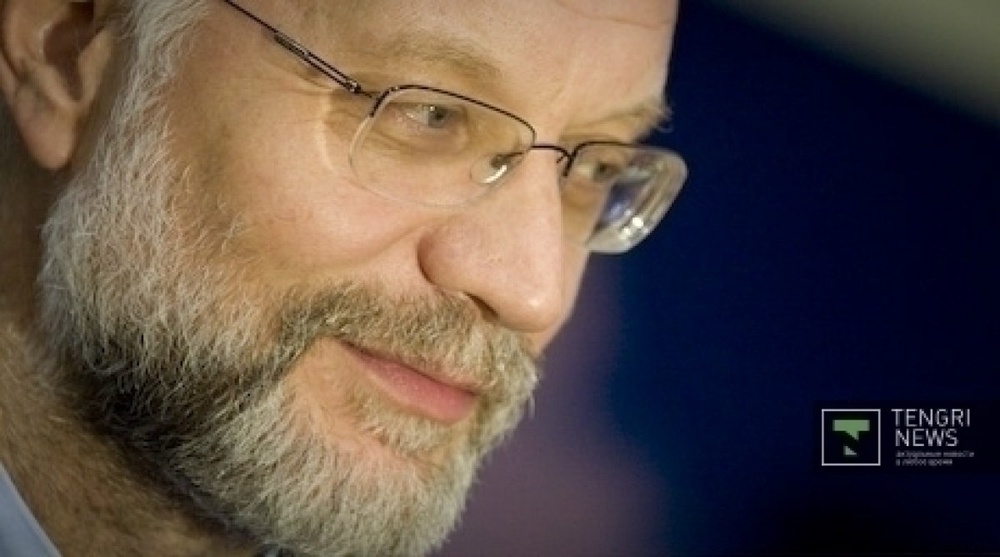
Kazakhstan’s Central Bank will consider slashing the key rate to 5.25-5.5% [from the current 6%] with the annual inflation rate standing at 5% for another few months, KazTag Agency reports, citing the Central Bank Governor Gregory Marchenko as saying June 7. “We are considering slashing the key rate even further. If the inflation rate stays at 5%, why should we keep the key rate at 6%? Should the inflation rate be kept at 5% for another several months, we will think of reducing the key rate to 5.5%”, he told a briefing Thursday. “The key rate should be higher than the inflation rate. If the inflation rate stands at 5%, the key rate could be slashed to 5.25% (…) There is a clear signal that both cost of borrowed money and interest rates on loans should be lowered. And the National Bank will get back to this later on”, he said. The National Bank set its key rate at 6% starting from June 4, 2012. Before that it had been slashed from 7% to 6.5% April 2, 2012. The key rate is the interest rate at which an eligible financial institution may borrow funds directly from the National (Central Bank). The National Bank uses the key rate to control the supply of available funds, which in turn influences inflation and overall interest rates. The more money available, the more likely inflation will occur. Raising the rate makes it more expensive to borrow from the National Bank. That lowers the supply of available money, which increases the short-term interest rates. Lowering the rate has the opposite effect, bringing short-term interest rates down.





Kazakhstan’s Central Bank will consider slashing the key rate to 5.25-5.5% [from the current 6%] with the annual inflation rate standing at 5% for another few months, KazTag Agency reports, citing the Central Bank Governor Gregory Marchenko as saying June 7.
“We are considering slashing the key rate even further. If the inflation rate stays at 5%, why should we keep the key rate at 6%? Should the inflation rate be kept at 5% for another several months, we will think of reducing the key rate to 5.5%”, he told a briefing Thursday.
“The key rate should be higher than the inflation rate. If the inflation rate stands at 5%, the key rate could be slashed to 5.25% (…) There is a clear signal that both cost of borrowed money and interest rates on loans should be lowered. And the National Bank will get back to this later on”, he said.
The National Bank set its key rate at 6% starting from June 4, 2012. Before that it had been slashed from 7% to 6.5% April 2, 2012.
The key rate is the interest rate at which an eligible financial institution may borrow funds directly from the National (Central Bank). The National Bank uses the key rate to control the supply of available funds, which in turn influences inflation and overall interest rates. The more money available, the more likely inflation will occur. Raising the rate makes it more expensive to borrow from the National Bank. That lowers the supply of available money, which increases the short-term interest rates. Lowering the rate has the opposite effect, bringing short-term interest rates down.

 +7 (777) 001 44 99
+7 (777) 001 44 99















































